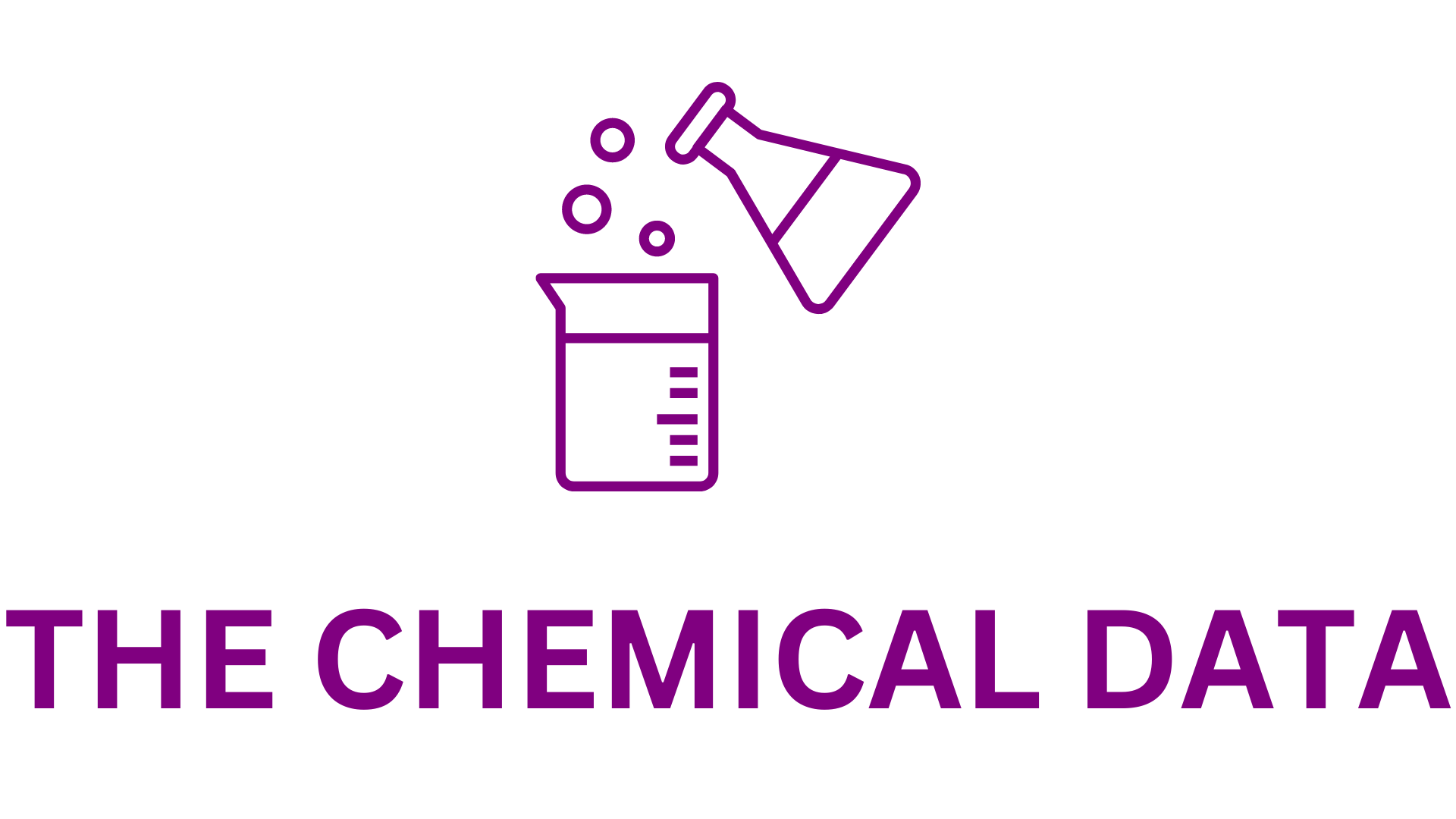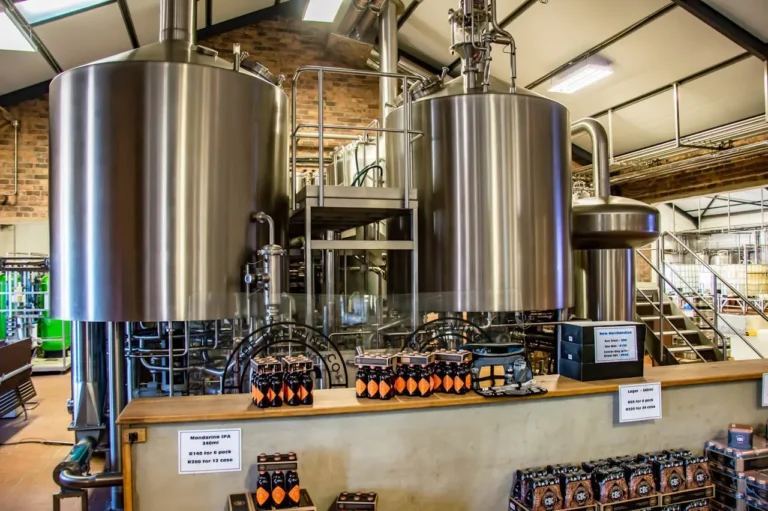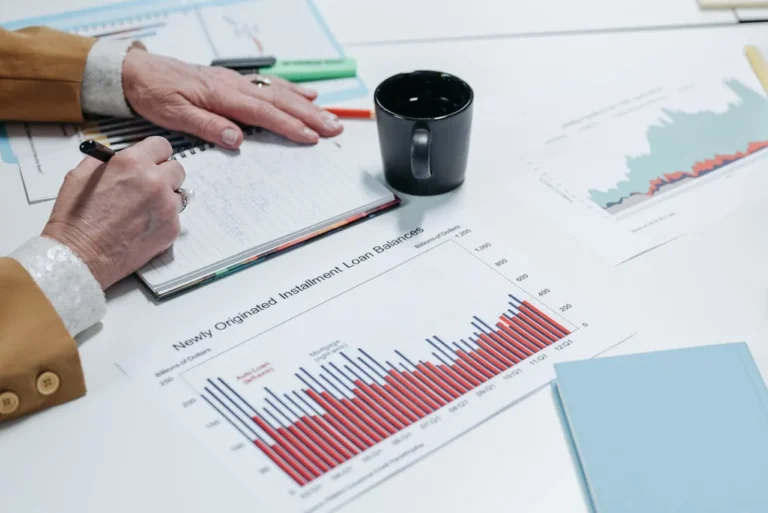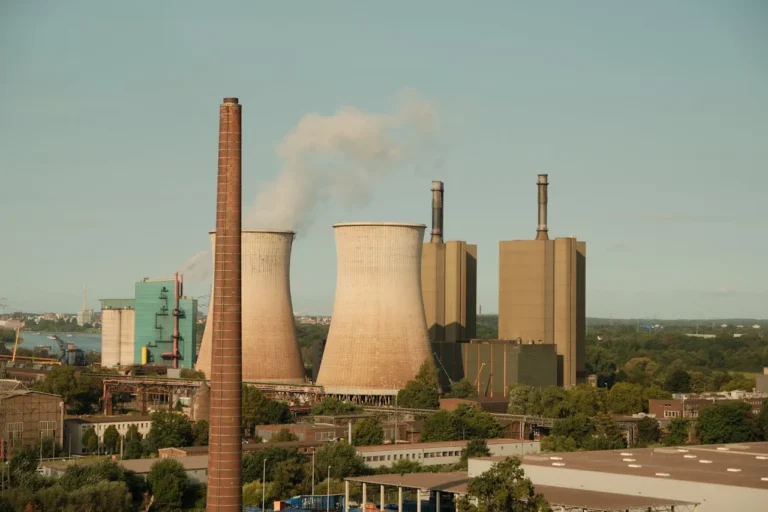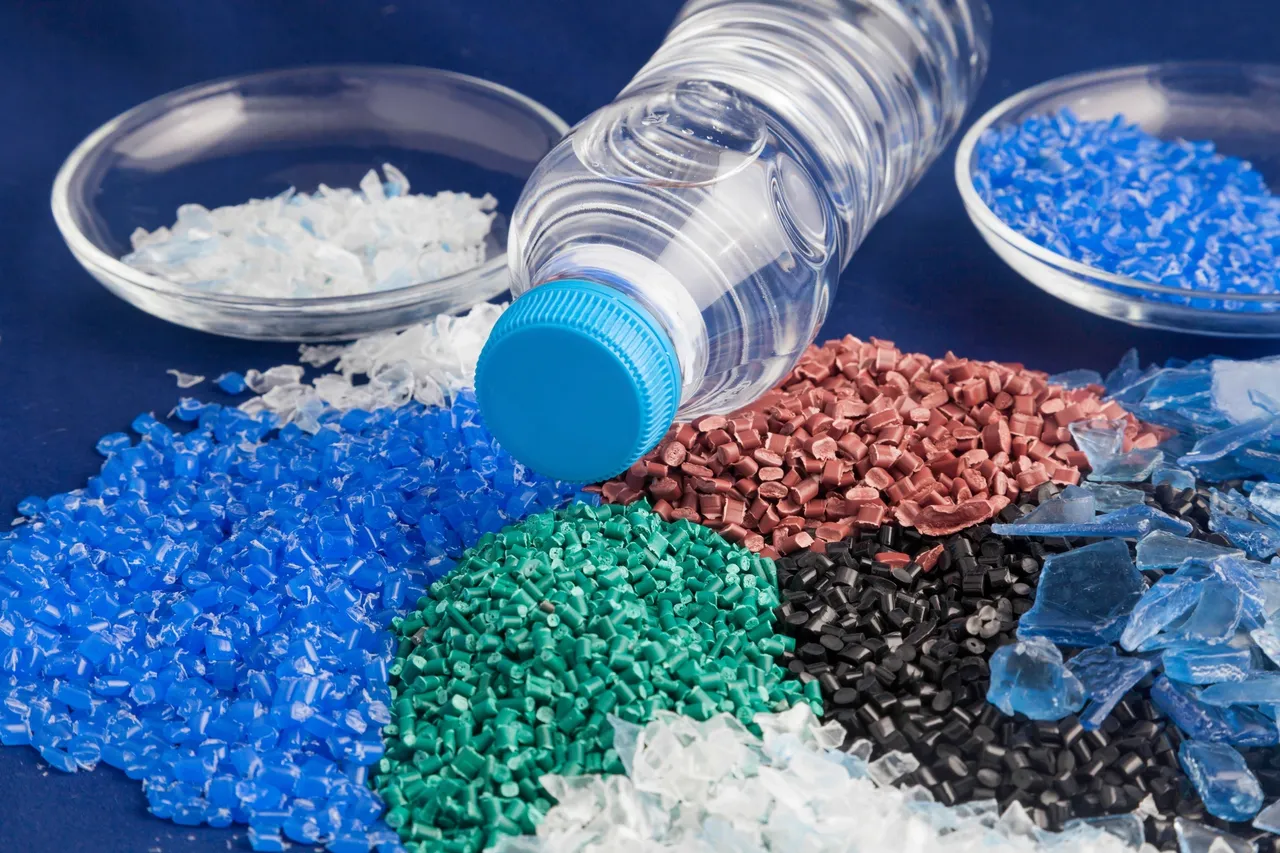
Arkema & Hexcel Forge Thermoplastics Revolution: HELUES Advances at Paris Air Show
Arkema and Hexcel entered a strategic partnership centered on transforming thermoplastic composite materials for aerospace applications—a groundbreaking collaboration that unites Hexcel’s carbon-fiber mastery with Arkema’s leadership in PEKK thermoplastics. At the 2025 Paris Air Show, industry eyes were drawn to their HELUES demonstrator: a PEKK/carbon-fiber composite aerospace component crafted via a single-step thermoforming–overmolding technology. This breakthrough highlights the future-ready potential of thermoplastics in aircraft manufacturing, where lighter weight, speed, and sustainability are paramount.
1. A Strategic Alliance Born of Opportunity
A Meeting of Materials Minds
Arkema and Hexcel The partnership began with a shared vision: Helm scalable, cost-efficient manufacturing of structural aerospace parts using thermoplastics. Hexcel, long respected for its expertise in high-performance carbon-fiber reinforcements, joined forces with Arkema, whose Kepstan® PEKK thermoplastic resin had already garnered industry acclaim. Together, they set out to reinvent component production—delivering a composite material that could withstand aviation standards while aligning with modern manufacturing demands.
2. The Paris Air Show Unveiling
A Stage for Innovation
At the Paris Air Show, Hexcel revealed the HELUES demonstrator—a highly advanced component composed of HexPly® unidirectional tape and injection-molded Kepstan® PEKK overmolded in a single process. The result: a complex, load-bearing aerospace part formed in under two minutes that integrates reinforcing ribs and structural features previously requiring separate assembly.
Technical Harmony
This integrated design elegantly fuses a thermoformed UD laminate—produced from HexPly® carbon-fiber-reinforced PEKK tape—with in-situ injection overmolding of Kepstan® PEKK for structural ribs—in a single molding operation. The outcome? A fully functional structural element—such as a door panel—in one mold, eliminating manual assembly of multiple components.
3. Thermoplastics’ Triple Advantage for Aircraft OEMs
Revolutionizing Production Timeline
Where traditional thermoset composites and metallic assemblies may take hours or days, thermoplastic composites form structural parts in just minutes. With cycle times reduced from hours to under two minutes, the tech supports ambitious mass-production goals—enabling up to 80–100 narrow-body jets per month, a figure aligned with current airline manufacturing rates.
Greater Design Freedom & Weight Efficiency
Thermoplastics can be reshaped, welded, or repaired—eliminating the need for rivets or adhesives and enabling advanced geometries like built-in stiffeners and curved form factor walls. This flexibility empowers engineers to reduce part count and weight, enhancing aircraft performance and fuel economy.
Circularity & Sustainability
Reprocessable and recyclable, thermoplastics support environmental stewardship. Rejects and end-of-life components can be re-melted or re-engineered, diverging from thermosets or aluminum with their autoclave-intensive processing and limited recyclability.
4. HELUES in Action: Door Structure Reinvented
Case Study: Door Panel Redefined
Arkema and Hexcel demonstrator replaces a traditionally assembled door—constructed from thermoformed laminates and molded chassis—by integrating them into one structural part. Assembly steps and fasteners are reduced by up to 90%, eliminating manual intervention and lowering production time and costs.
Structural Integrity & Bonding
Arkema and Hexcel Early tests show excellent laminate-to-rib bonding—critical for door load transfer and durability. The PEKK matrix bonds at molecular scale to its injection-molded counterpart, creating a homogenous composite structure able to endure stress and vibration as required in flight.
5. Meeting Aviation’s Future Demands
Meeting OEM & Airline Expectations
Arkema and Hexcel Aircraft OEMs face mounting pressure to increase production rates while reducing costs and emissions. High-rate manufacturing, robotics, and automation are essential. Thermoplastics enable oven-free, energy-efficient processes compatible with Industry 4.0 assembly lines.
Autoclave-Free Manufacturing
Arkema and Hexcel skips the time- and energy-intensive autoclave stage found in thermosets—from layup to cure. Injection-based thermoplastic manufacturing, operated below glass-transition temperatures, is faster and scalable—ideal for factory-floor automation.
6. HELUES: A Collaborative European Success
Funding & Consortium Dynamics
The Arkema and Hexcel project—funded by Germany’s Aerospace Centre (DLR) and Bavarian State Ministry of Economic Affairs—incorporates Airbus Helicopters Deutschland GmbH, Neue Materialien Bayreuth, Christian Karl Siebenwurst GmbH & Co. KG, and Incoe Corporation. This multi-industry team has developed test demonstrators and qualified manufacturing paths for aviation usage.
Airbus Helicopters Deutschland:
Brings real-world requirements for structural components and operational validation.
Neue Materialien Bayreuth:
Supplies materials science, laminate evaluation, and thermoplastic expertise.
Christian Karl Siebenwurst:
Connects facilities for molding hardware, oversight of production strategies, and tooling.
Incoe Corporation:
Contributes automation and robotics solutions required for integrated injection systems.
7. Beyond the Door: Broad Applications for HELUES
Wider Airframe Integration
This Arkema and Hexcel technology is well suited for floor beams, bulkheads, fairings, and more—areas benefiting from manufacturing simplification, weight reduction, and high structural performance.
Cross-Industry Potential
Unconfined to aerospace, HELUES-style composites may support high-performance parts in electric vehicles, defense modules, rail transport, and energy equipment—anyfield that demands rigidity, light weight, and cost-effective scale.
8. Next Steps Toward Industrial Adoption
Scaling Up & Commercialization
Hexcel and Arkema are preparing to adapt Arkema and Hexcel components to large-format tooling and scale pilot facilities suitable for aerospace OEMs. The goal is near-term integration in demonstration aircraft or ground test installations.
Certification Pathways
Arkema and Hexcel PEKK composites must meet regulatory and safety benchmarks for fire resistance, structural integrity, and fatigue tolerance. Ongoing tests aim to qualify HELUES parts under aerospace standards (e.g. FAR, EASA, AS9100).
Economic & Environmental ROI
Arkema and Hexcel Architected to reduce tooling complexity, waste, and weight, HELUES parts deliver ROI through fabrication cost savings, fewer assembly steps, and lifecycle carbon footprints—advantages shared by OEM and operator alike.
9. Industry Context & Outlook
Market Projections
The Arkema and Hexcel global market for thermoplastic composites is projected to grow annually by 11–15% through 2030, propelled by demand in aerospace, automotive, wind-energy, and industrial sectors. With regulatory pressure pushing for emissions reduction and lightweighting, thermoplastics offer a compelling solution.
Competitor Landscape
Arkema and Hexcel Other thermoplastic systems, such as PEEK or PPS composites, are under development across the market. But the HELUES approach—composite UD tape, in-mold injection of thermoplastic ribs, and localized industrial collaboration—sets a milestone in manufacturability and integrated design.
Strategic Advantages for Arkema & Hexcel
They integrate PEKK materials into previous carbon-fiber markets, leverage existing sales and R&D pipelines, and differentiate through production-ready solutions—not just raw materials. The HELUES demonstrator acts as a proof point for scalable thermoplastic composites in aviation.
10. Expert Insight & Industry Reception
“The HELUES demo shows what thermoplastic composites are capable of today,” says a leading airframe engineer not involved with the project. “The one-step molding with UD tape plus overmolded stiffeners is a game-changer for door structures, and I expect this to influence wider adoption.” Adoption momentum could spread quickly as OEMs see repeatable, fast-cycle, autoclave-free processes in action.
11. Looking Ahead: Beyond Paris
Near-Term Focus
In the next 6–18 months, expect further demonstrators for fuselage frames, access panels, and HVAC ducting. Hexcel and Arkema also plan automated cell pilots with robotic material handling.
Long-Term Vision
With certification, aviation companies could adopt HELUES parts in the mid-2030s. Excitingly, the same processes may proliferate to commercial UAVs, urban air mobility vehicles, and satellites—any mission needing high-performance, lightweight structure.
Sustainability Impact
Replacing autoclave-based thermoset composites across thousands of jets could save millions of kilowatt-hours and tons of CO₂. PEKK’s recyclability further supports circular-material frameworks, reinforcing aerospace sustainability.
HELUES and a Thermoplastic Future
The unveiling of HELUES at the Paris Air Show represents a pivotal moment in the evolution of composite materials. Hexcel and Arkema have shifted aerospace manufacturing forward with a demonstration that blends materials science and production efficiency.
By marrying UD carbon tape with in-mold injection of PEKK ribs, HELUES offers cycles of under two minutes, monolithic structural integrity, and industrial scalability—all without autoclaves. As Airbus Helicopters and other OEMs assess the prototype, adoption looms on the horizon.
This effort marks a broader transformation within aerospace: composites are no longer niche materials but foundational elements. With HELUES, thermoplastics confidently step off the lab bench and onto the production line—ushering in a lighter, faster, greener era of aviation.
